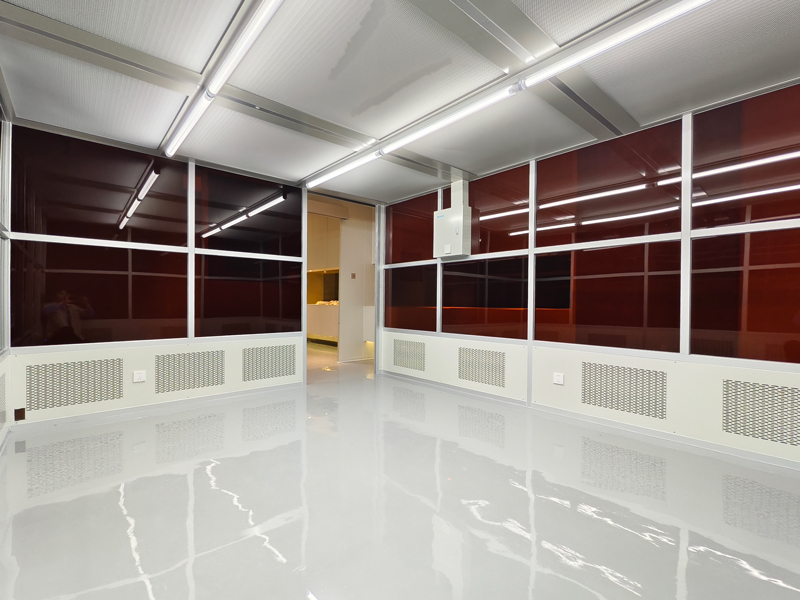When people hear “clean room,” they often assume it means a completely dust-free environment. So, does building a clean room mean your workshop will have zero dust? The answer is more complex.
Although clean rooms are carefully designed and strictly managed to meet specific cleanliness standards—often reaching ISO Class 5 or 6—they can still generate a small amount of dust. However, the dust level is significantly lower than in an ordinary environment.
Why Does Dust Still Appear in a Clean Room?
Dust contamination in clean rooms comes from two primary sources: external invasion and internal generation. Let’s break down both categories.
1. External Dust Invasion
Even with air filtration systems and tight building envelopes, external particles can enter the clean room. Two major sources include:
-
Personnel Activities: Surprisingly, the human body is one of the largest sources of contamination. Even when wearing full cleanroom garments, people constantly shed skin flakes, hair, and fibers. Talking, walking, and even clothing friction can generate particles.
To control this, personnel must wear dust-free clothing, caps, masks, and undergo air showers before entering. Clean garments should be sterilized and stored properly, not randomly placed.
-
Ambient Air Infiltration: Fine particles from outdoor air can enter through microscopic gaps in doors, windows, and transfer ports. Even in a well-maintained ISO 5 clean room, up to 15% of airborne particles can originate from outside infiltration.
2. Internally Generated Dust
Sources inside the clean room also contribute to dust levels:
-
Production Equipment: Machines and tools generate friction particles such as metal fragments from bearings or carbon brush dust from motors during operation.
-
Material Outgassing and Reactions: Materials like plastic and rubber emit volatile organic compounds that may form submicron particles. Manufacturing processes like etching or cleaning may also produce chemical byproducts—such as ammonia salt crystals in semiconductor fabrication.
For real-time cleanliness monitoring, many facilities install dust particle counters to detect changes and respond proactively.
Conclusion: Clean But Not Perfectly Dust-Free
Even with strict controls, clean rooms cannot be 100% free of particles. To maintain high cleanliness levels, companies must enforce rigorous protocols for personnel entry, equipment maintenance, and air quality monitoring.
Through ongoing upkeep and monitoring, clean rooms can fulfill their intended purpose: supporting high-precision, contamination-sensitive operations with minimal particle interference.
Post time: May-30-2025

